Within walking distance from Xinsheng Park is the Lin An Tai Historical House and Museum, one of the few traditional courtyard complexes preserved in northern Taiwan and the best-preserved and maintained ancient house in Taipei City. This traditional Chinese courtyard house, famous for its delicate carvings, was built in the southern Fujianese style which incorporates 3-sided courtyards, woods and gardens, all natural and shaped to embody the pristine elements.
In 1754, Lin Chin-Ming (also known as Lin, Yao-Kung), a native from Anxi County of Fujian Province, sailed across the strait to Taiwan with his family. The Lin family engaged in trade in northern Taiwan and, with the money they made, they built this big, very refined 5-annex house with a square at where No.141 of Siwei Rd. now lies. The main building was completed between 1783 and 1785 while the side buildings were completed, one after the other, between 1822 and 1823. In memory of his hometown, the fourth son, Lin, Chin-Neng (also known as Lin, Hui-Kung) named the house as “An Tai,” representing Anxi County and Rong Tai Company, the company he founded in Bangka.
In 1978, due to its being located within the range of the project to expand Dunhua South Road plus its rejection as a historical site, the house faced demolition. To save it, local activists petitioned to have the building spared as a cultural site. A blueprint containing every single measurement of the building was saved. The building was then meticulously dismantled, from decorations to bricks; stored safely and then relocated, piece by piece, to its current site at Binjang Park, in the shadows of the Jiankuo Expressway, in 1986. In May 2000, it was opened to the public as a museum and, in 2010, after its courtyard was extended, the museum became one of the exhibition halls of the Taipei International Flora Exposition.
The house’s landscaped courtyard, layout of buildings, waterscapes (“the proportion of water, bamboo and house is 30%, 20% and 10% respectively”), artificial hills and plants are all done in accordance with feng shui and Taoism, reflecting the ancient Chinese’s multi-directional views of nature and life. In the past, the house had a Toad Peak in front of it as its “Mountain of feng shui,” plus shielding hills on both sides and a wind-gathering flat square in front of the semi-circular pond. Today, to reinstate the feng shui landscapes of the old house, an artificial hill, called Gu Zhu Ming Shan (Artificial Clay Modeling Hill), was created, using wire-mesh concrete, in front of a flat square and 2 slightly raised grasslands were used to surround the square.
Past the imposing front gate is the large, crescent-shaped (the best shape for bringing wealth in terms of feng shui) lotus pond, another feng shui device. Its shining surface deflects negative qi from sweeping through the main portal. It also had practical purposes as it was used as a defense line if under attack, for raising fish, to fight fires, supply water, keep a moderate temperature by cooling incoming breezes and adds to the splendor of the old house’s surroundings. Flowers grown all have their own symbolism – noble character (plum, orchid, bamboos and chrysanthemum), eternal youth (pine and cypress), wealth (peony), self-respect (lotus) and relief (lily).
This 34-room, stone and brick house has elegant decorations; beautiful, sloping swallow-tail roofs (this flouted imperial rules as this roofing style was the exclusive privilege of high-level mandarins) and the stone and artwork used were brought by ship from Fujian. The roof ridges arch upwards to form a swallowtail structure. The mansion has a south-north axis, with rooms on the right and left side of the courtyard.
Its front door has creative carvings of 6 dragons, representing the 6 sons in the family while the carvings of vases and bats carry the meanings of good luck, wealth and safety. Pillow-shaped stones, gate pillars and hollows for the door axles are all carved from a single piece of stone. Each door was equipped with a hidden lock. The front yard is paved with red, moss-free and non-slip stones that were used by mainland merchants to stabilize their big sailing ships.
Carved on the pillars, made of Chingtou stones, is a couplet “To live with a kind heart and maintain the achievements of ancestors.” Chinese characters, signifying good fortune and longevity, are printed on the two sides. By adding anti-termite agents, the original Guanyin stone, Fuzhou fir wood, and local bamboo, reed and bricks have been kept intact.
Beyond the entrance is an intricately carved screen wall to divert evil. The main hall consists of a colorfully adorned altar depicting scenes from Chinese mythology. The ancestors depicted at the altar are worshiped in an annual ceremony. Walking through the house, we directly experienced the lifestyle of the Taiwanese people 200 years ago as the interiors of the house are full of decorative details and antiques such as an earthen rice grinder, a stone mill, cupboards, a huge cooking hearth in the kitchen, an intricately carved wooden bed and a dresser.
Lin An Tai Historical House and Museum: 5 Binjiang St., Zhongshan District, Taipei City, Taiwan. Tel: (+886-2) 2599-6026, (+886-2) 2720-8889 (ext.6239) and (+886-2) 2598-1572. Fax: (+886-2) 2599-6521. Open daily except Mondays and folk holidays (Chinese New Year, Tomb Sweeping Festival, Dragon Boat Festival and Mid-Autumn Festival), 9 AM-9 PM (5 PM on Sundays). Admission is free.
How to Get There: take the MRT to Yuanshan Station (Exit 1), then hop on the bus 222 to the Xinsheng Park stop.


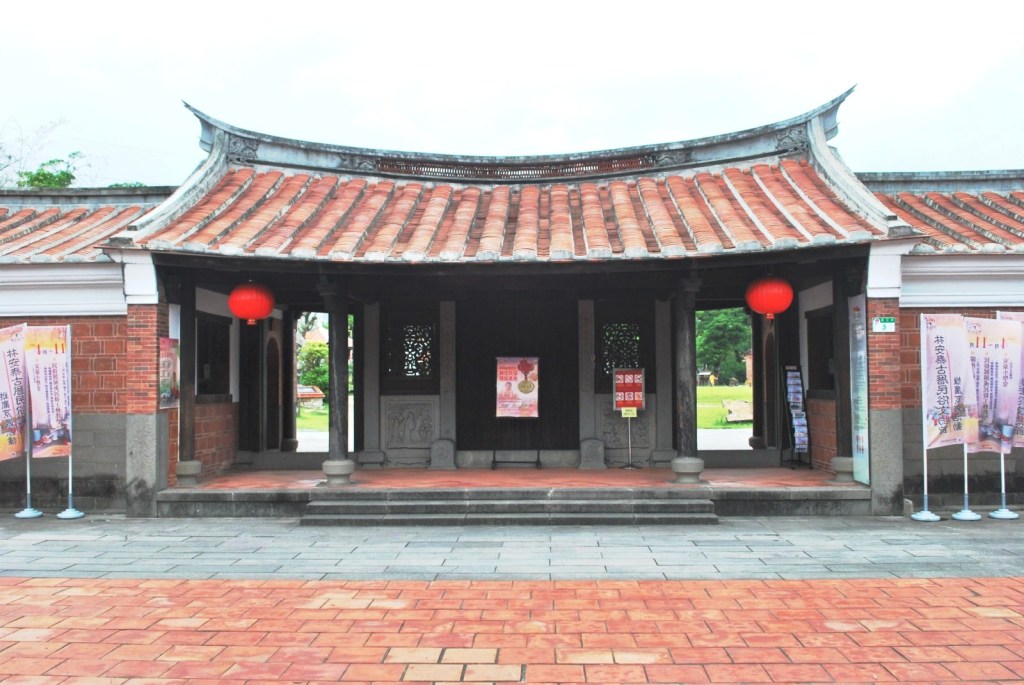
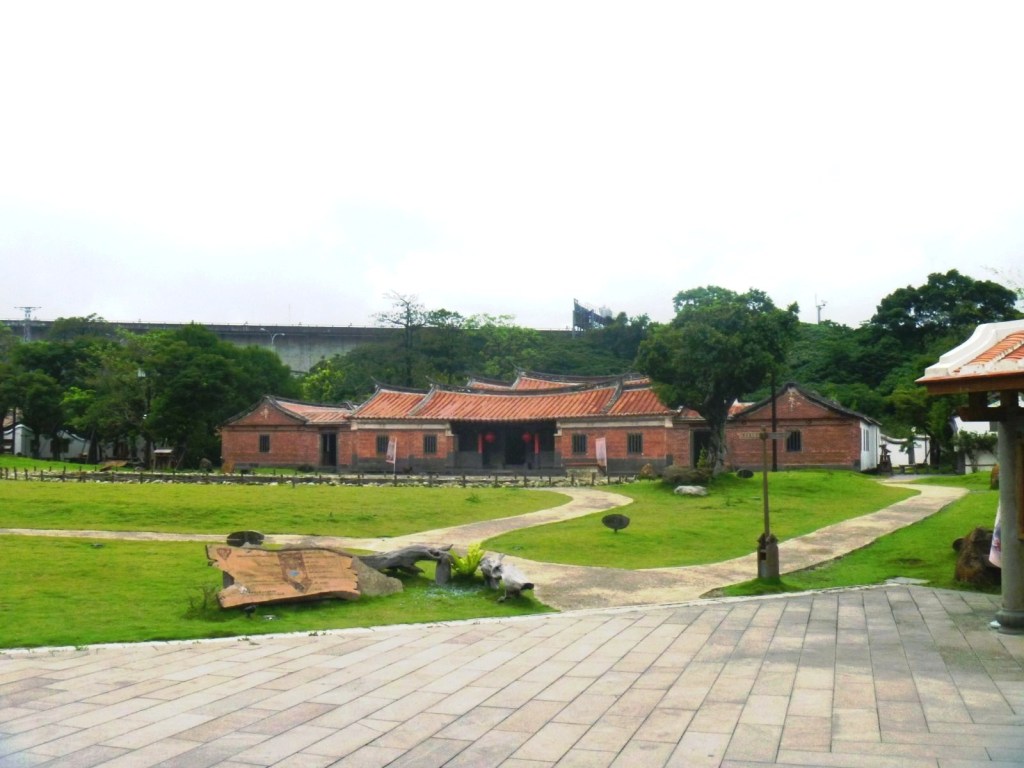
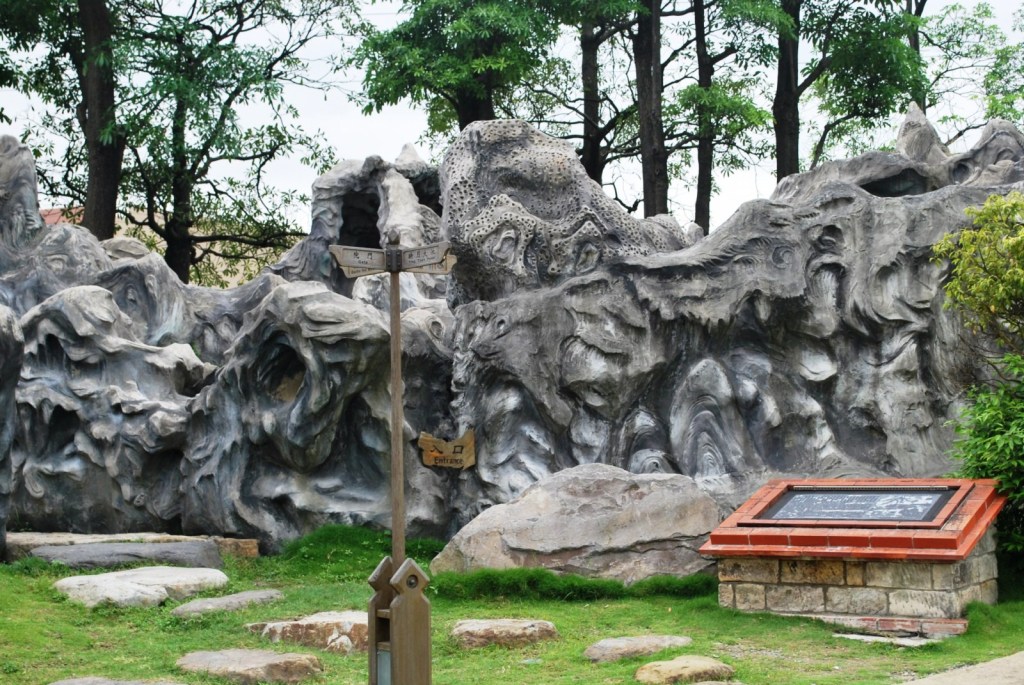

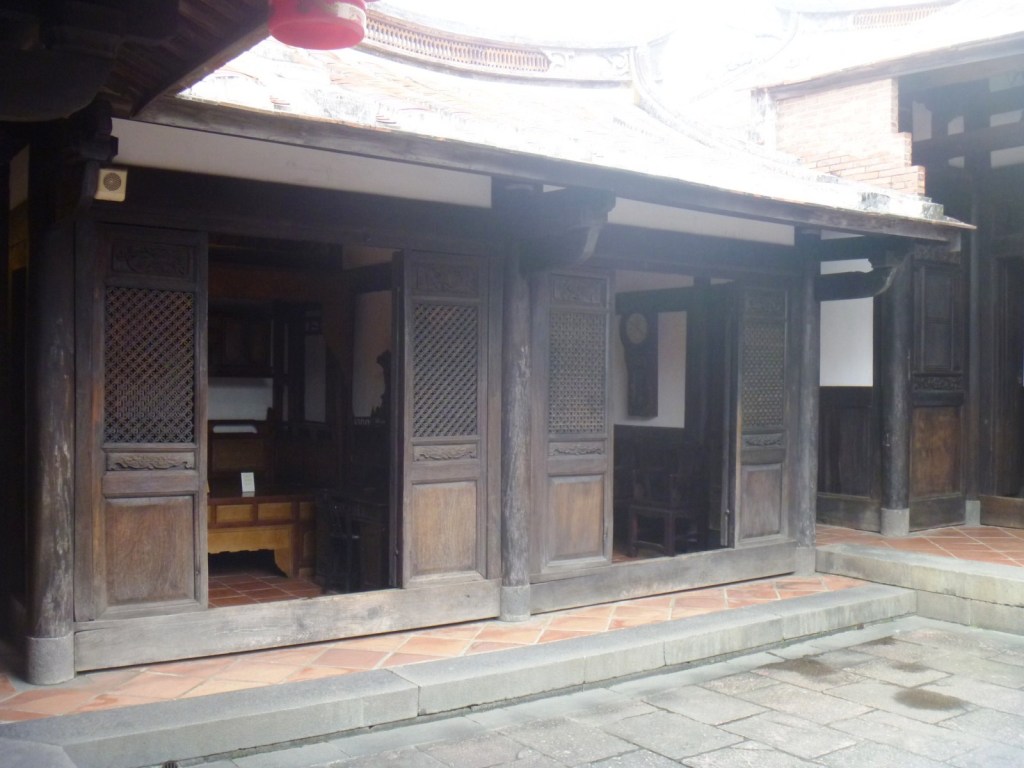
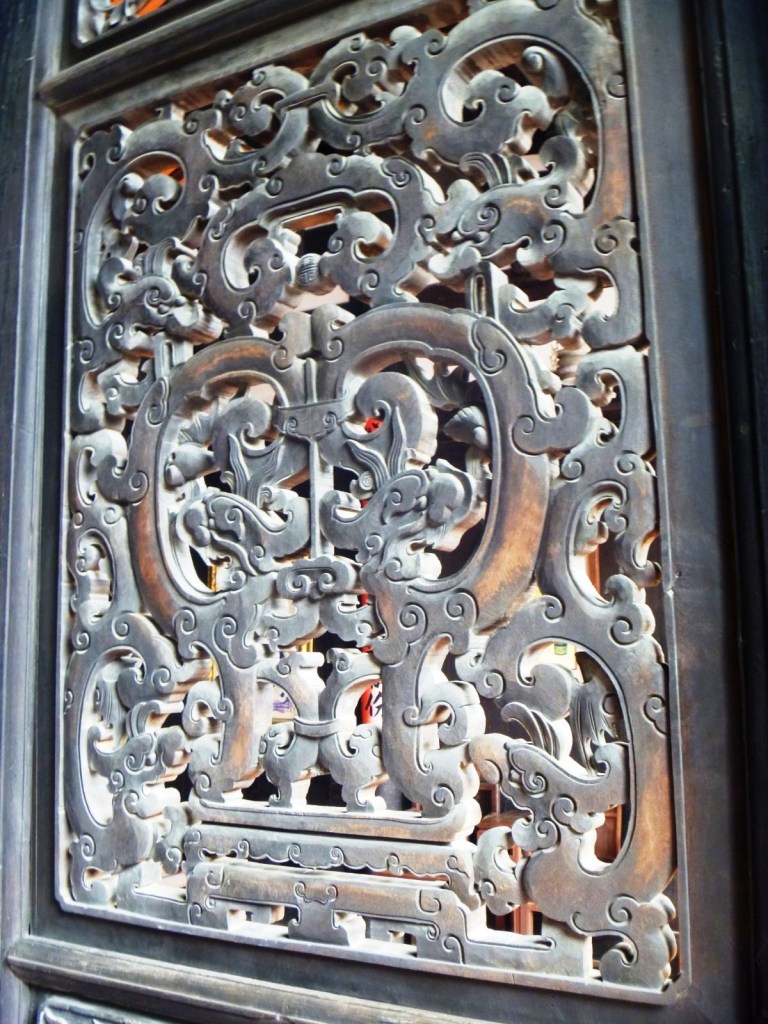
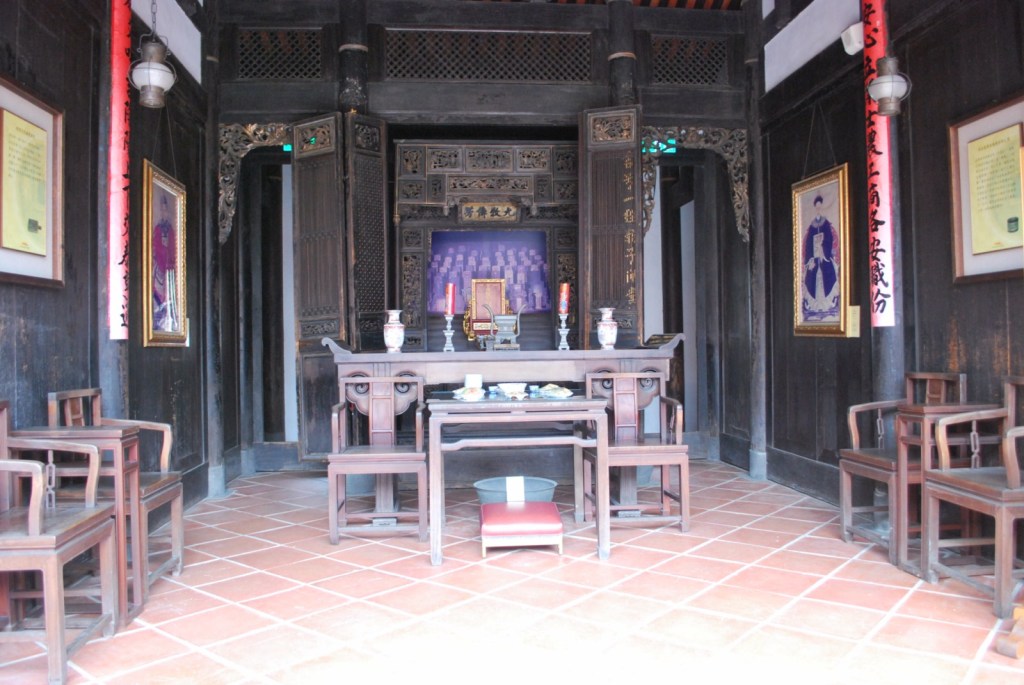
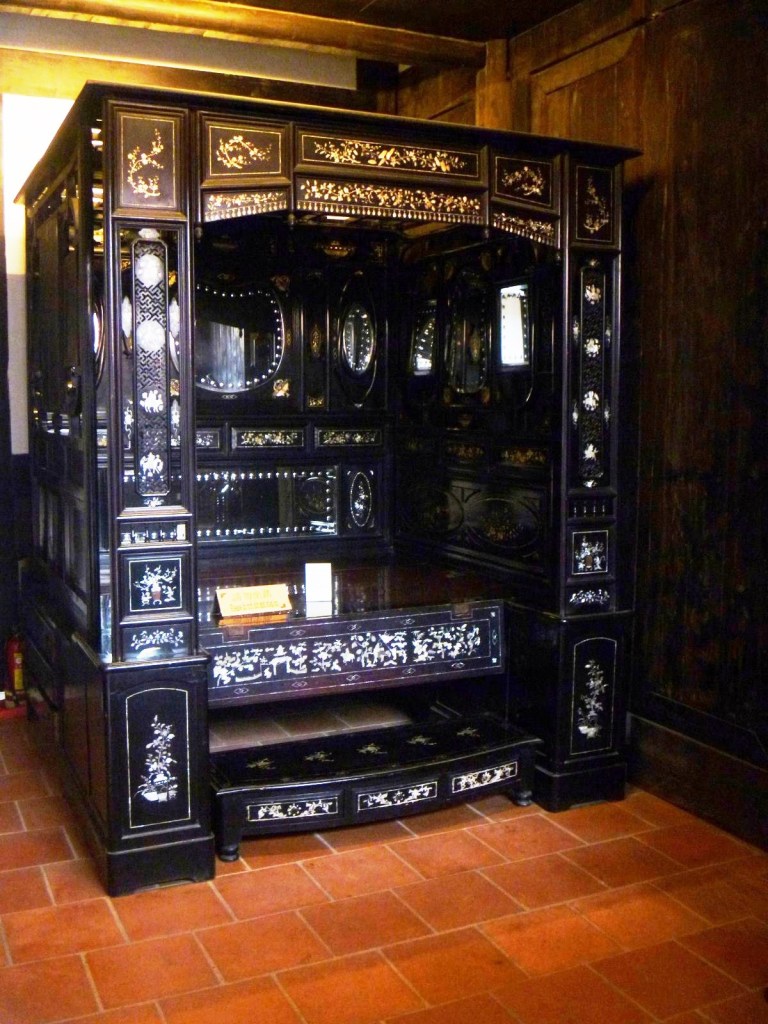
discussion about this paragraph at this place at this web site, I have read all that, so
at this time me also commenting at this place.|
I am sure this piece of writing has touched all the internet users, its really really
good paragraph on building up new web site.|
Wow, this article is pleasant, my younger sister
is analyzing these things, therefore I am going to inform
her.|
bookmarked!!, I really like your blog!|
Way cool! Some extremely valid points! I appreciate you
michael kors outlet prices